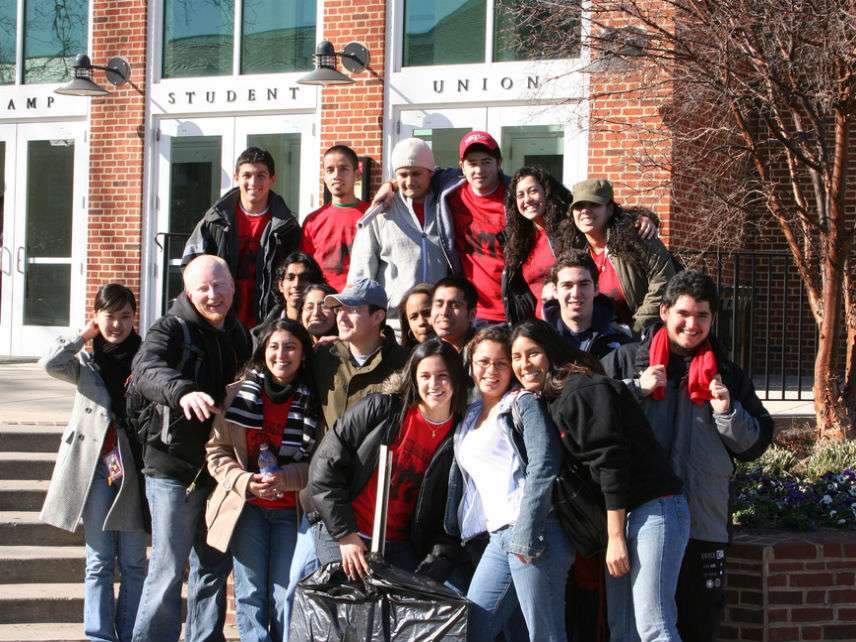The Myth of Mass Immigration
America needs more, not fewer, immigrants
Literally every trope that restrictionists hurl against immigration is false. It is false that immigrants decimate native jobs and wages. It is false

that undocumented immigrants commit more crimes than the native-born. It is false that immigrants today don't assimilate. It is false that immigrants are welfare queens.
But one trope that has gone unquestioned not just by the foes of immigration but also its supporters is that America has experienced mass immigration in the last half a century when Congress finally jettisoned racist national quotas in 1965 and opened the door ever so slightly to immigrants from Asia and Eastern European countries.
But, I note in the New York Times, that this trope, too, is false. By any reasonable metric—past, present, or future—America hasn't experienced too much, but too little, immigration.
The main evidence that peddlers of this myth cite is that America's foreign born share of the U.S. population is now touching 13.7 percent— which is close to the historic high of 15 percent at the turn of the last century. But they don't explain why that's a good standard. It's not like it is based on some objective law of human nature. Rather, it is an arbitrary metric based on a historical event that they themselves foisted on the nation.
I note:
If it were indeed a tipping point, countries would regularly experience a backlash once the immigrant population approached that level. That is far from the case.
America's share of the foreign born ranks 34th among 50 wealthy countries with a per capita gross domestic product of over $20,000. The United States netted five new immigrants—authorized and unauthorized—per 1,000 people from 2015 to 2017, United Nations figures show. Compare that to the figures in two other English-speaking liberal democracies: Canada let in eight (and just announced that it's going to admit over a million new immigrants over three years), and Australia 14. All in all, the foreign-born are now over 20 percent of Canada's population and 28.2 percent of Australia's (more than double America's figure). And yet they haven't inspired the sort of public condemnation of immigration that often occurs in the United States.
Furthermore, the modest amount of immigration occurred slowly, not in one big flood as restrictionists like to portray. Consider:
In 1965, when Congress got rid of national-origin quotas, America's foreign-born made up around 5 percent of the population. Over two decades from 1980 to 2000, this proportion rose to 11.1 percent, from 6.2 percent, not insignificant but not particularly noteworthy.
But then the rate of increase slowed to a crawl, rising from 11.1 percent in 2000 to 12.9 percent in 2010 and then barely inching to 13.5 percent in 2016. In other words, in six years, America's foreign-born population inched up 0.6 percent.
In fact, given America's dropping birth rates and aging population, if the pace of immigration doesn't literally double, the country is in for a very difficult time finding workers to keep up economic growth:
From 2015 to 2035, the number of working-age Americans with domestic-born parents is expected to fall by eight million. Furthermore, the Census Bureau in 2017 quietly revised downward its population forecast for 2050 by a whopping 50 million people from its 2008 estimates, as Jack Goldstone, a political demographer at George Mason University, pointed out…
Unless American birthrates pick up suddenly and expand the work force—an unrealistic assumption given that the country just set a record for low fertility—or the productivity of its dwindling work force quickly doubled, only slightly less unrealistic, says Mr. Goldstone, the United States will be staring at real G.D.P. growth of less than 1.6 percent per year in less than a decade, all else remaining equal.
America should be admitting a million more immigrants per year—more than double the current number from now until 2050. This still won't add up to mass immigration because it would put America's foreign-born population that year at around 26 percent, less than Australia's is today.
Go here to read the whole thing.


Show Comments (270)